Unmunsa Temple (운문사)
15.3Km 2021-07-21
264, Unmunsa-gil, Unmun-myeon, Cheongdo-gun, Gyeongsangbuk-do
+82-54-372-8800
Unmunsa Temple in Cheongdo, Gyeongsangbuk-do belongs to Cheongdo-gun in terms of administrative district. However, it is actually more closely connected to Daegu in terms of traffic and lifestyle. Unmunsa Temple was built in 560 during the Silla period. This ancient temple features seven treasured artifacts including the Weeping Pine Tree (Natural Monument No. 180) and stone lantern. There are four small hermitages (Sariam, Naewonam, Bukdaeam and Cheongsinam) around the temple. Moreover, the surrounding forest of pine and fir trees only enhances the temple’s beauty.
Unmunsa is the largest Buddhist nunnery in Korea, maintaining a capacity of roughly 260 bhikkhunis, or Buddhist nuns, who practice Buddhism in a four-year term. But, thanks to its magnificence and lush forest, Unmunsan Mountain, located on the southernmost part of Taebaek Mountain range, has become a favorite spot for many tourists.
Miryang Museum (밀양시립박물관)
15.5Km 2021-07-20
100, Miryangdaegongwon-ro, Miryang-si, Gyeongsangnam-do
+82-55-359-5589
Miryang Museum features cultural items and materials of the Nakdonggang River area. The purpose of the museum is to effectively preserve, exhibit, and acknowledge the history and culture of the area
through collecting, researching, investigating and organizing the items on display. In addition, the museum was established to enhance cultural nostalgia and contribute to public education.
The museum is comprised of several halls, including a permanent exhibition hall and a temporary exhibition hall, showing the history of
Miryang during the Samhan era and the Joseon dynasty. Collections include various cultural assets designated by Gyeongsangnam-do, as well as an exhibit-style storage of literary works, and folk and daily relics.
Mubongsa Temple (무봉사)
15.9Km 2021-06-15
16-11, Yeongnamnu 1-gil, Miryang-si, Gyeongsangnam-do
+82-55-354-3296
Mubongsa, meaning “a sacred place where phoenix used to dance,” is a small Buddhist temple. It is conveniently located near one of the Miryang’s top attractions, Yeongnamnu Pavilion. Perched high on the cliffs above the upper reaches of the river is Aranggak Pavilion. A flight of stairs from this pavilion lead to the famous Yeongnamnu Pavilion and Mubongsa Temple. Enshrining a stone seated Buddha statue designated as Treasure No. 493, the temple has long been a popular site among poets and painters for its picturesque landscape.
Unmunsan National Recreational Forest (국립 운문산자연휴양림)
16.0Km 2025-03-28
763 Unmun-ro, Cheongdo-gun, Gyeongsangbuk-do
+82-54--371-1323
* Please be advised that this is located in one of the areas affected by the recent wildfire (as of March 27, 2025).
** For real-time wildfire information and emergency upates, visit the Korea Forestfire Information website and the National Disaster and Safety Portal.
Unmunsan National Recreational Forest in Cheongdo, Gyeongsangbuk-do is located at the foot of Unmunsan Mountain (1,188 meters), which is also called Hogeosan Mountain. It is a great place to spend time in summer for hiking and camping, surrounded by taller mountains (more than 1,000 meters above sea level) such as Munboksan Mountain (1,014 meters) and Gajisan Mountain (1,240 meters).
Yongmipokpo Falls (20 meters) and Byeokgyesu Valley, in which the waters flow across the sandless rock bed, are famous locales in the forest. Located in a thick broadleaf forest, inhabited by many diverse species such as Korean mountain camellia, Unmunsan National Recreational Forest offers lush greenery in summer, beautiful foliage in autumn, and cozy, splendid snowscapes along with the Yongmi Ice Wall in winter. In Unmunryeong, located 2.5 kilometers to the east, visitors can watch the spectacular sunrise above the East Sea.
Samgnangjin Station (삼랑진역)
16.0Km 2016-11-04
72, Cheontae-ro, Miryang-si, Gyeongsangnam-do
Located in Miryang of Gyeongsangnam-do, Samnangjin (Sam means three, Nang means flowing waters) received its name as Miryang River and Nakdonggang River meets nearby to form a confluence. The station was rebuilt in 1999 to take its current form and is responsible of ticketing, carrying passengers and cargo, etc.
Aranggak Pavilion (아랑각)
16.0Km 2025-01-07
324, Jungang-ro, Miryang-si, Gyeongsangnam-do
+82-55-359-5788
Located in Naeil-dong in Miryang, Gyeongsangnam-do Province, Aranggak Pavilion sits in a bamboo forest. It is said to have been built to appease the spirit of a young woman named Arang, who met an unfortunate death.
According to the legend, Arang was mistakenly killed by a low-ranking officer who had loved her and tried to hug her. After her death, she becomes a ghost and appears to every district magistrate (highest-ranking officer in a region) to appeal for the investigation of her unfair death, but each district magistrate dies of a heart attack.
Then, a new district magistrate by the name Lee is dispatched to the area. Unlike his predecessors, Lee listens to the story of the ghost and finds the low-ranked officer who had killed her and punishes him. He found Arang’s body and holded a religious ceremony on her behalf. Aranggak was also built in her memory.
Every year, an event called Arangje is held on April 16 by the lunar calendar in Aranggak Pavilion. Young maidens dressed in white hanbok perform a religious ceremony to soothe the sorrow of Arang. There is also a saying that the spirit of Arang will preserve the love of those couples who visit the pavilion together.
Miryang Yeongnamnu Pavilion (밀양 영남루)
16.1Km 2021-06-21
324, Jungang-ro, Miryang-si, Gyeongsangnam-do
+82-55-356-1355
Located within Adongsan Mountain next to the Namcheongang River in Miryang, Yeongnamnu Pavilion (National Treasure No. 147) is one of three great pavilions of Korea together with Choseongnu Pavilion of Jinju and Bubyeongnu Pavilion of Pyeongyang.
A two-story-pavilion with a hip-and-gable roof was constructed at the same site during the Silla period, as part of Yeongnamsa Temple, which was one of the five great temples at the time. The pavilion was torn down and re-constructed during the ruling of King Gongmin in Goryeo dynasty. The current structure was built in 1884 and designed by then-magistrate Yi In-jae.
The pavilion area consists of Neungpagak, Chimnyugak, Sajumum Gate, Iljumun Gate and Cheonjingung. Stone-carved calligraphy from the Joseon period abounds in the pavilion complex, drawing many visitors.
Miryang Cultural Heritage Night Tour (밀양문화유산야행 )
16.1Km 2024-03-20
324 Jungang-ro, Miryang-si, Gyeongsangnam-do
+82-55-355-0306
Miryang Cultural Heritage Night Tour is a special evening event to showcase the history and cultural relics of Miryang through storytelling.
Boksoondoga (복순도가)
16.2Km 2024-10-21
48 Hyangsandong-gil, Sangbuk-myeon, Ulju-gun, Ulsan
Boksoondoga is a traditional brewery located in Uljun-gun, Ulsan. The brewery produces makgeolli, an unrefined rice wine with a pure taste. Boksoondoga uses only the finest domestic rice and traditional pottery in the fermenting process for a truely Korean liquour.
Miryang Arirang Festival (밀양 아리랑대축제)
16.5Km 2025-07-11
Sammun-dong, Miryang-si, Gyeongsangnam-do
+82-55-359-4500
Listed as a UNESCO Intangible Cultural Heritage of Humanity, “Miryang Arirang” is famous for its repetitive lyrical phrase “Look at me.” The Miryang Arirang Festival is held to remember and develop this traditional piece of music. This historic event began as the Miryang Cultural Festival in 1957. The highlight of the festival is the musical Miryanggang Odyssey, where a magnificent fantasy world of light unfolds against the backdrop of Yeongnamnu Pavilion and the Miryanggang River. Visitors can also check out the historical exhibits of “Miryang Arirang” at the Arirang Exhibition, and enjoy other exhibits, activities, and performances like the Miryang Arirang Song Contest and Arirang Experience.
◎ Miryang Arirang
One of Korea’s three major “Arirang,” “Miryang Arirang,” is played to cheerful and upbeat music, but the lyrics contain the tragic story of Arang, the daughter of the Miryang governor.
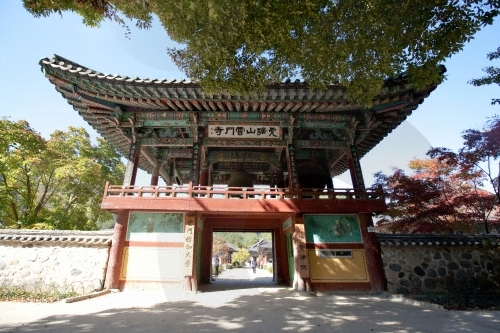

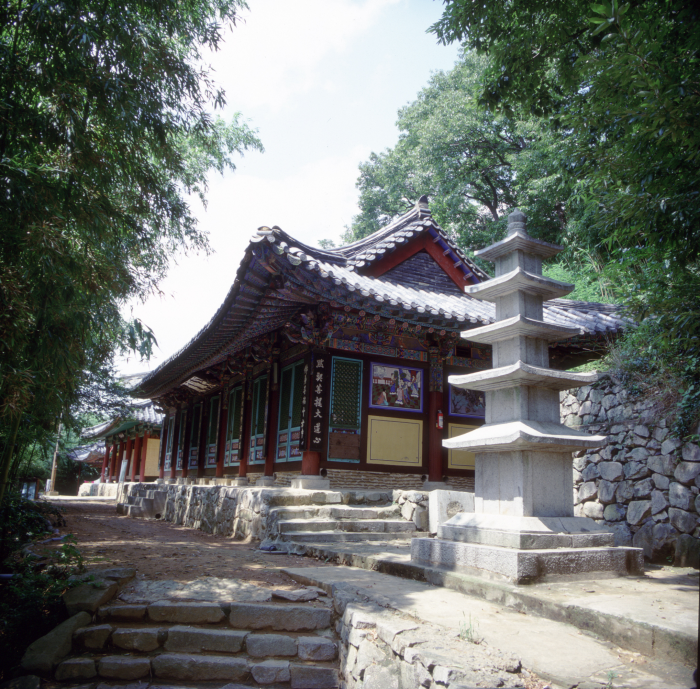
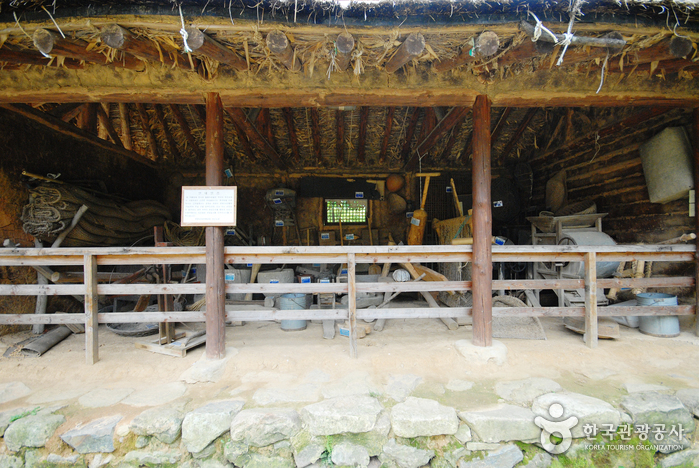
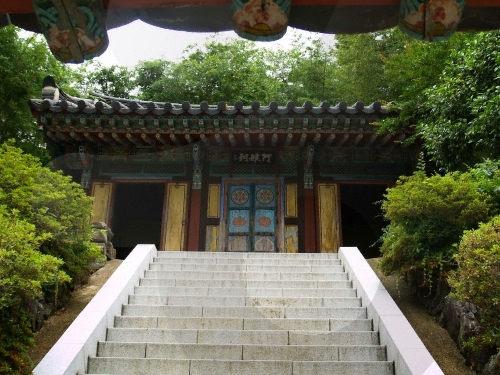

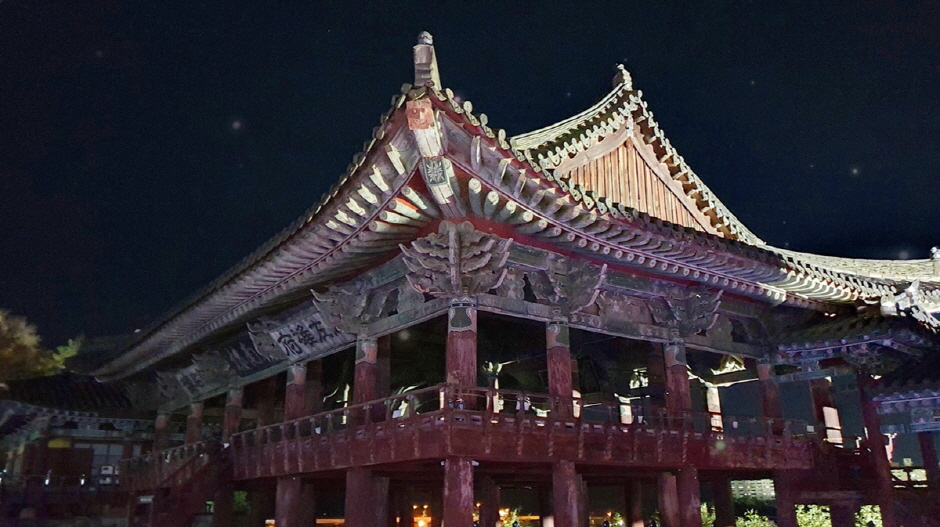
 English
English
 한국어
한국어 日本語
日本語 中文(简体)
中文(简体) Deutsch
Deutsch Français
Français Español
Español Русский
Русский